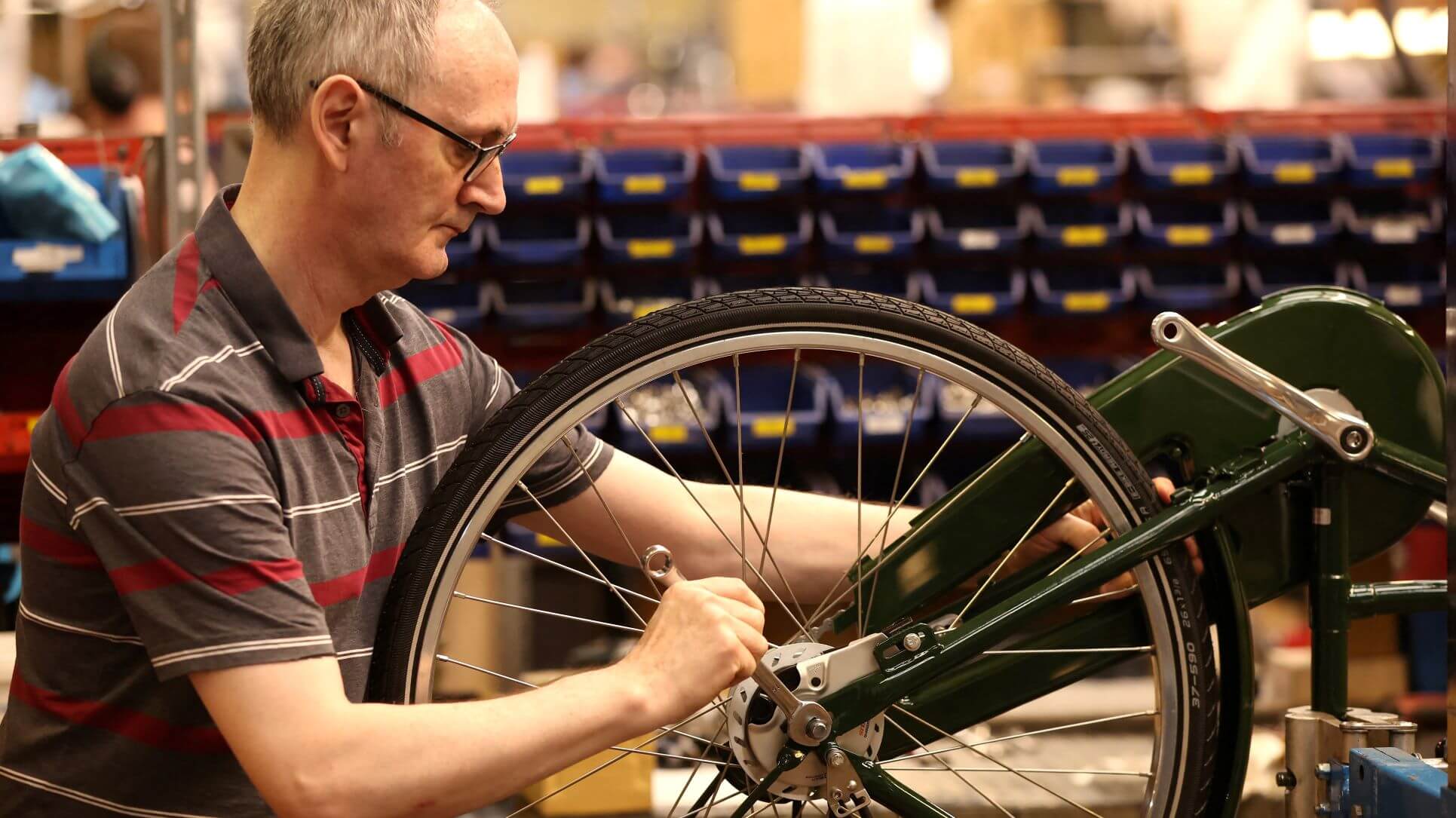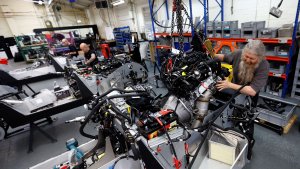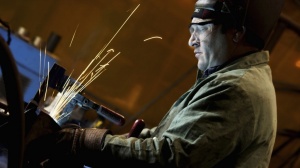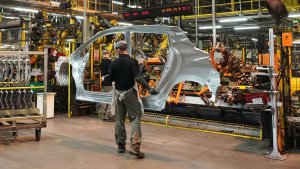Demand for self-service maintenance and environmental governance are pushing vendors to rethink how they conceptualise, manufacture and service machines.
Manufacturers Rethinking Product Design For Cost-Effective Lines And Revenue Streams
Demand for self-service maintenance and environmental governance are pushing vendors to rethink how they conceptualise, manufacture and service machines.

Manufacturing is in for a rough ride over the coming months, according to recent Interact Analysis figures. Global output is expected to decline by $0.2 trillion in 2023, before rising again in 2024 and 2025. The ripple effects of the war in Ukraine are being felt across European industry, which has barely recovered from the economic knocks of the pandemic. This means that manufacturers have to try and optimise production lines and products to increase operational efficiency, but also scale quickly when the good times return.
One of the biggest challenges during this time is how to manage customer expectations and of course, production and operational costs. In many ways, manufacturing, as a whole, still relies on the tried and tested model of designing products for manufacturing, building spare parts and then relying on service teams to manage the maintenance of those products until they need replacing. But it’s a model fraught with sharp edges at a time when manufacturers need to be smoothing the corners and evolving, with products and machines that are easier to self-service, re-use and even upcycle and recycle.
To be fair, we are starting to see a shift. Companies that used to have a ‘disposal model’ where the old product would be thrown out because the value and the cost of shipping and investigation are more than the product's worth, are starting to move into more sustainable models where the products are indeed recycled. But is this enough? Shouldn’t more manufacturers be looking towards a more circular economy, for the sake of costs, customer experience and of course environmental governance?
Circular Economy Only Part of The Solution
It demands investment. A PwC report on The importance of the circular economy in manufacturing, claimed that bringing the concept of the circular economy to life within the manufacturing value chain “involves substantial changes in core production and supply chain processes,” which would also require a “reverse logistics process to get the used products back into the cycle.” This makes sense but it’s only part of the solution. By focusing on the lifecycle of a product and not just its recyclability, manufacturers can start to shift their thinking towards longer product life and efficiencies in service provision.
This is also where a ‘design for service’ model comes in. Design for service is a strategy that addresses a product’s ability to be serviced easily, either remotely or through customer self-service. When you have a physical product, the amount of remote and customer self-service you can offer is limited. You can reboot the product, load software or firmware but not much else. This can be for several reasons, such as electrical safety regulations. When you have live connections inside a product, there are health and safety risks associated with opening it up and special equipment may be needed to work with the product.
Design for service is an idea where, for example, manufacturers can identify this issue and build products where replacement components can be installed through self-service, in a safe and compliant way that does not undermine the warranty. It’s a sort of plug-and-play approach to maintenance, where products are more modular, with sealed component parts. Given that many of the product attributes that influence, assist, or hinder service are usually designed into a product, this is an approach that can radically improve service provision, product uptime and longevity.
What this also means is that these products reduce environmental impact and feed into circular economy initiatives. Products last longer, and customers do not have to keep replacing old machines with new machines every time they break or reach a certain age. There is also potential for different revenue models, such as subscription services in component parts and self-service remote support.
Manufacturers such as Schneider Electric, Philips, Conrad Smits, and Molecular Devices have already embraced service and/or circular economy considerations into their product design and are reaping the rewards.
With this approach, the emphasis shifts away from relying on the peaks and troughs of manufacturing output towards more manageable and cost-effective production lines and revenue streams. The manufacturer can hit carbon emissions targets and deliver a truly circular economy experience for customers. By designing products for service, focusing on product outcomes and lifecycles and not the commoditisation of machines, manufacturers can go a long way to helping themselves and their customers ride the volatile waves of global economies.
Mark Wilding is Vice President Global Customer Transformation at ServiceMax.
Thanks for signing up to Minutehack alerts.
Brilliant editorials heading your way soon.
Okay, Thanks!

